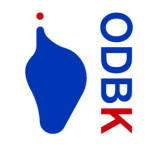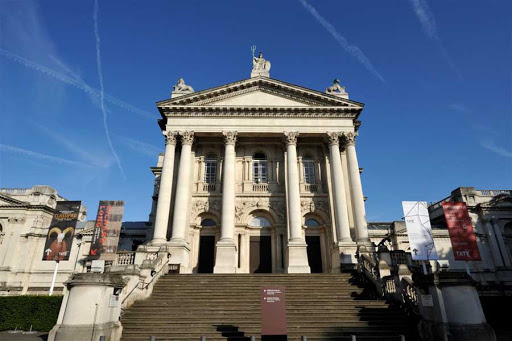By Sara Foster
When we can’t step foot in a museum, where do we make space for art? The artists making up this year’s Turner Prize shortlist provide us with inspired directives. After a forced cancellation last year, the Turner Prize returned with a shortlist that includes solely art collectives, a first in the prize’s history. Following a year marked by unprecedented challenges and social upheaval, in which few artists were able to publicly exhibit their work, Turner Prize judges were pressed to look beyond the confines of the galleries, to those collaborations of artist groups that pushed creativity forward in the face of serious limitations.
“One of the great joys of the Turner Prize is the way it captures and reflects the mood of the moment in contemporary British art”, said Tate Britain director and chair of the Turner Prize Alex Farquharson.
The nominated collectives consist of the Belfast-based social-advocacy group Array Collective, out of London the collective B.O.S.S., formed in 2018 to centre QTIBPOC, and food art activist duo Cooking Sections, Cardiff-based Gentle/Radical promoting social change through art, and Project Art Works from Hastings, a collective of neurodiverse creatives.
Each nominee will exhibit in September at the Herbert Art Gallery and Museum in Coventry, U.K., after which the winner will be announced 1 December. The prize is an award of £25,000. For their selection to participate in the exhibition, each collective receives £10,000, double the amount given in previous years (an adjustment made, according to the Turner Prize jury, to accommodate the large number of artists included).
To Farquharson, highlighting collectives working toward social aims within specific communities was “a response to the emergencies of our times, particularly life under Covid.”
Certainly, the respective works of the chosen collectives speak to the state of art in our present moment, and its reflection of society. In March 2020, when art institutions were first forced to close their doors, the internet was flooded with free content – operas, exhibitions, plays – while videos emerged of musicians putting on concerts from their balconies, and people sought consolation in connecting with their creativity, picking up sketching, writing, or painting. With this moment has come a consciousness of the many ways art lives and breathes outside museum walls, and outside the professional art world.
Simultaneously, of course, this moment has brought an acute awareness of togetherness – of the significance of social cohesion and compassion for our environment, and the uplifting and empowerment of neglected communities. The showcase of these five collectives in the Turner Prize shortlist is a big step in the right direction, but regardless of a competition or its outcomes, what is clear is that collaborative and social art has never been more pressing and essential.

